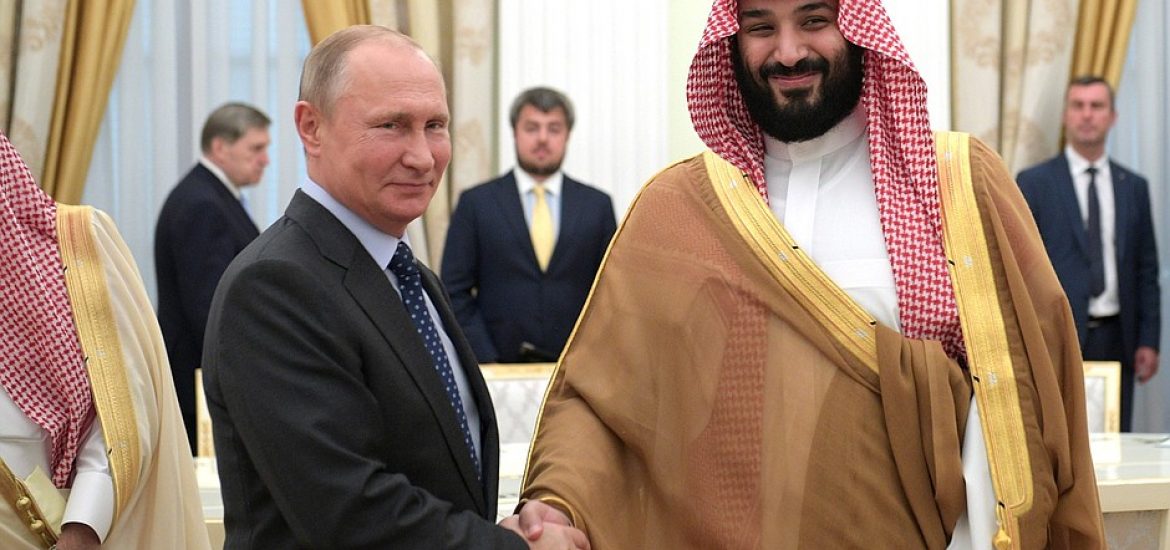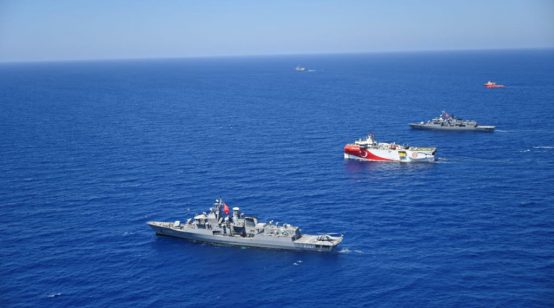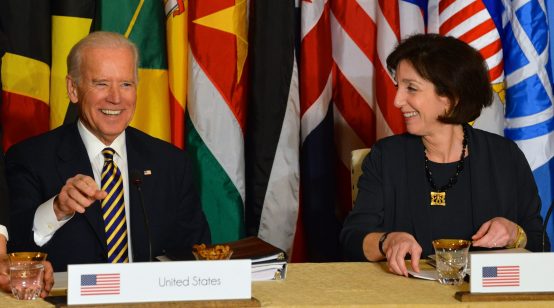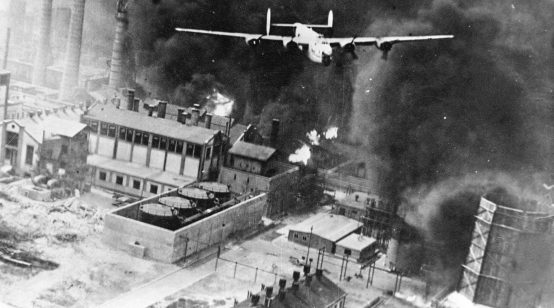
We are living in an age of plenty, at least when it comes to oil. There is more production globally than at any other time in history, while the breakeven price for producers continues to fall thanks to technological improvements. As a result, the market has still not rebalanced since 2014, and prices remain low. Earlier in August, Brent fell again below $60 per barrel on news of an escalation in the U.S.-China trade war and fears of an impending recessionary.
Barring a cataclysmic event on the supply side, it is difficult to see price rising upward significantly; the downside price risk is much higher, not least because demand growth is slower in the first five months of 2019 than it has been since 2008, according to the International Energy Agency (IEA). Prices have a lot further to fall than to rise.
These conditions are favorable for most consumers, but worrisome for Saudi Arabia. Since late 2014, the Kingdom embarked on a strategy that required patience: defend market share and deal with lower prices, rather than cut production to prop up prices. Five years later, it appears that this strategy may need another five years to pay off. The low price environment has predictably weakened the country’s financial reserves. The Saudi Aramco IPO has to be viewed, primarily, as a way to inject foreign cash into its receding coffers.
The cloudy brew of macroeconomic factors, geopolitical risk, and oil market fundamentals adds considerably uncertainty to the calculus in Riyadh. Will Saudi Arabia push for even deeper production cuts, actually increase production to flood the market, or do nothing? None of their choices is good, but once a global slowdown takes shape, and perhaps in anticipation of it, Saudi Arabia will likely reinvent its strategy.
Leaning Chinese
When the two largest economies in the world go head-to-head in a trade war, reading the outcome is important to those on the sidelines. In recent months, Saudi Arabia has repositioned its export strategy accordingly, reducing exports to the United States and increasing them to China.
Reducing exports to the United States is a short-term move. It allows the Kingdom to keep supplies at home when summer time demand rises. The Kingdom can, after all, easily ramp up exports again. Saudi Aramco owns the largest refinery in the United States, the 636,500-barrel per day Motiva refinery in Texas.
At the same time, Saudi Arabia is replacing sanctioned Iranian crude in China, where Saudi exports have doubled in the last year. Earlier this year, the two countries agreed on a $10-billion joint venture for a refinery in China. Beijing, moreover, seems to be buying again, perhaps looking to lock and store additional barrels in the lower price environment.
These moves should not be interpreted as geopolitical shifts – they are short-term reactions to a discombobulated oil market. They indicate, however, that Saudi plans to stay nimble and reorient its export strategy to maintain production consistency.
A junior partner to Russia
For decades, OPEC was essentially Saudi Arabia. The Kingdom’s production surpassed that of the cartel’s other members, and its decisions to cut production were what mattered. Much has changed since 2016, however, when Russia joined Saudi Arabia in created the OPEC+ group.
Russia had long made noises about joining OPEC production cuts, but never followed through. Since 2016, Russia and other OPEC+ members have admirably met their pledges and kept oil above the $60 per barrel. Yet there are signs that Russia may be morphing back into a simple noisemaker. According to Interfax, Russia pumped 180,000 barrels over its pledge in the first half of August.
The contamination of the Druzhba pipeline from Russia to Europe in April, which caused Russian exports to drop by 3.2% in May and continued to depress exports into June and July, allowed Russia to meet its OPEC+ pledges. Perhaps Russia felt it needed to make up for this loss in August and to bolster the weakened position of Urals crude after the Druzhba disruption. At the same time, Russia has publicly stated that it is “fine” with $60-per-barrel oil. Saudi Arabia, meanwhile, prefers the $80-per-barrel to meet its domestic demands for largesse. Russia, moreover, is about to pass Saudi Arabia in terms of overall bank reserves.

It bears watching closely how this plays out this month. With divergent interests and positions, Russia and Saudi Arabia may struggle to reach a new deal on production cuts.
Waiting on America
Without Russia, Saudi Arabia would then find itself isolated in oil markets, much like it was from the from 1986 until 2001, when China joined the World Trade Organization and began buying every barrel of crude in sight. Since 2014, U.S. shale production has flipped the market on its head. Now, the U.S.-China trade war adds macroeconomic uncertainty.
So much depends on what happens in the United States. Shale production continues to grow every year and a new report from Global Witness says that the United States will account for 61% of the world’s new oil and gas production in the next decade. This is likely a high estimate. Some foresee a shale bust in the 2020s. Reading the American market will be central to the Saudis’ calculus.
The decline in global oil demand is the most interesting component, since it has proven so inelastic over the past five decades. Either the trade war is hurting the economy far more than we understand, or the energy transition is having a more profound effect on replacing oil.
This leaves no clear answers for Saudi Arabia. Abandoning production cuts could decimate price, but this move at least carries more certainty in outcome. Doing nothing and hoping the post-2016 agreements hold is good for most of us, but not the Saudis.
Picture credit: Kremlin.





